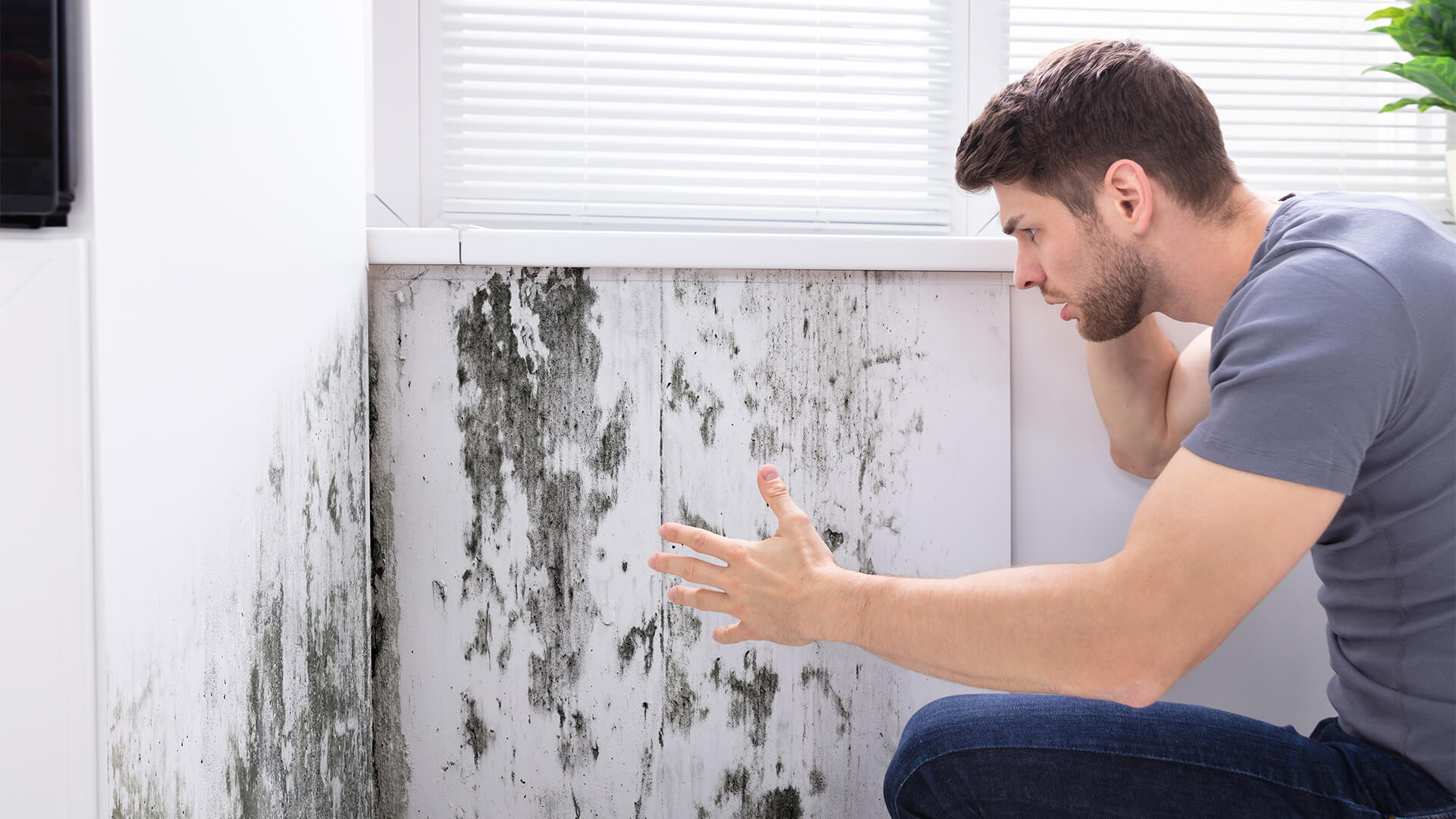While you may expect mould in older homes or other buildings, recently, this becomes one of the problems with new construction due to various building practices. Some builders or contractors rush to construct buildings over the winter and fall so they’re ready when the spring comes. While there are many ways to do the job safely, the risk of mould development in new construction increase when constructing this way.
One major cause of mould in new construction is linked to the foundation. The vapor barriers and basement studs are mounted while the foundation isn’t totally dry. This then traps the water within the walls and result in mould over time.
Though you’ll be able to save money, the energy efficiency of new construction is another cause of mould development. New constructions are sealed tightly that’ll keep out both heat and cold. The drawback is that it’ll trap the moisture from laundry, cooking, and hot showers. Once moisture is present, mould will appear.
The good news is that there are things you can do to prevent mould in new construction. Wondering how you can make it happen? Learn more about mould prevention tips in new construction below.
1. Seal The Building
When it comes to flooring, walls, and ceiling, water can be one of the nastiest enemies. One great way to prevent water from causing mould is by drying the building. To make it easier, you need to seal the construction envelope. By doing this, you’ll be able to prevent water from entering the building. When sealing the building, there are proven methods you can do like installing water-tight windows, sealing all openings around windows, doors, and other areas, installing water-tight roofs, and using water-tight siding on the construction’s exterior.
2. Invest In Dehumidification Tools
When building new construction in a challenging situation like time limitations and constant wet weather, using dehumidification equipment is a good idea. A desiccant dehumidifier, for instance, is perfect to use when drying materials by lessening vapor pressure and humidity. In fact, it’s considered an effective method when you want to dry materials quickly while reducing the chance of mould development.
3. Check Storage Locations
The site storage must be covered and dry to avoid moisture damage to good materials. For better results, consider storing the materials a few feet from the ground and under the roof. You should cover the materials with plastic sheets to keep them dry, but don’t cover them too tight because moisture may build up in time.
4. Make Sure All The Materials Are Dry
During the rain and snow, many properties, as well as things, get damped. For example, wooden frames and subfloors have the possibility to carry moisture after snow or rain. These materials will release the moist inside while you’re drying them on the property. The moisture will then get inside the wooden materials so you need to make sure to dry out the materials carefully. You can begin the process of drying after you’re sure that there’s no moisture inside.
5. Use Trusses
Some mould problems tend to arise during the framing. Thus, using pre-built materials or components can guarantee a quick process, fast framing, as well as closing the construction quicker. In that way, moist and even possible mould won’t have sufficient time to become an issue. Even though using trusses is relatively costlier, mould prevention, reduced labour costs, and quicker construction.
6. Inspect The Materials Being Shipped
It’s highly recommended that you inspect the building materials even though you’re constructing in a dry climate. Make sure the materials were properly transported and handled and there’s no extra moisture presence. Most manufacturers provide options for wrapping the materials with moisture-resistant protection. They’re also providing windows inspection as well as possible rejections.
7. Get Rid Of Humidity Sources
There are instances that even drying-in isn’t sufficient to remove moisture. This occurs when you’re introducing new sources of moisture to the construction. For example, when doing renovations, you may want to remove the drywall of asbestos. To do this, you’ll need to use water. Before continuing the construction, make sure to wait for the new source of moisture to evaporate to prevent mould development. If you’re in a hurry, you can use a piece of dehumidification equipment.
8. Hire A Professional
To ensure that everything is in good condition, you may want to consider hiring a professional that specializes in mould removal. Professionals can help in controlling the problem and reducing potential spread. They have the right expertise and knowledge to get the job done. They can also give you advice on how to prevent future issues.
Today, there are lots of companies offering such professional services but keep in mind that not all of them are reliable. So, make sure to do thorough research, or else you’ll end up facing more serious and costlier problems.
Final Say
Moulds are a kind of fungus that grows in various places. Aside from causing lots of damage to your new construction, they can pose health risks and affect the air quality negatively. Allergies, asthma, skin irritation, coughing, eye irritation, sneezing, lung irritation, headache, congestion, and runny nose are some of the common health problems linked to mold exposure.
Preventing mould in new construction is crucial for the safety and health of the people around you. Hopefully, the above-mentioned tips will help you in preventing these kinds of problems from happening.
































